I have been wondering what a laptop is like with just ubuntu. I am a .NET guy and I would have to convert to Apache, PHP, mySQL. Which are all free.
__________________________________________
Robert B. Dannelly, Jr. MCTS
This blog shares my journey as a software engineer, along with personal reviews and life experiences I’ve gained along the way. “I have not failed. I've just found 10,000 ways that won't work.” — Thomas Edison. If you enjoy my content, please support it by clicking on ads (free for you, big help for me!) or by buying me a coffee on Ko-fi. Thank you!
I have been wondering what a laptop is like with just ubuntu. I am a .NET guy and I would have to convert to Apache, PHP, mySQL. Which are all free.
__________________________________________
Robert B. Dannelly, Jr. MCTS
Well, I must say life has been busy for November I got handed over 43 servers for a true dev to prod environment of SharePoint.
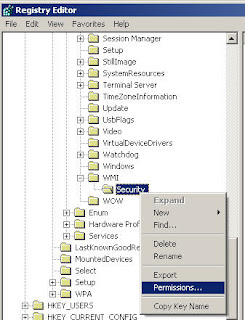
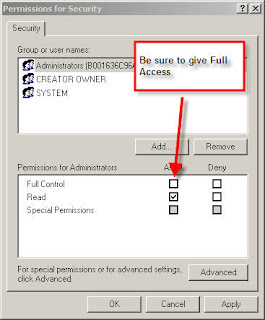


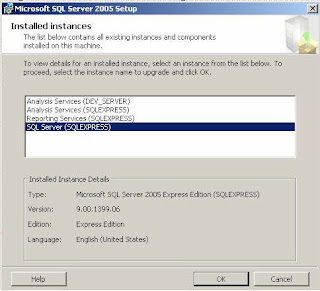
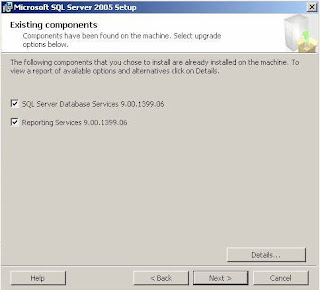
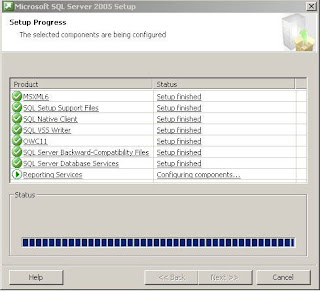
// Code to kill Word issues if WINWORD is running on the current machine
// if word is running the reports will throw an exception so // we must ensure the Microsoft Word application is not running Process[] wordProcess = System.Diagnostics.Process.GetProcessesByName("WINWORD");foreach (Process p in wordProcess)
{
p.Kill();
}
}